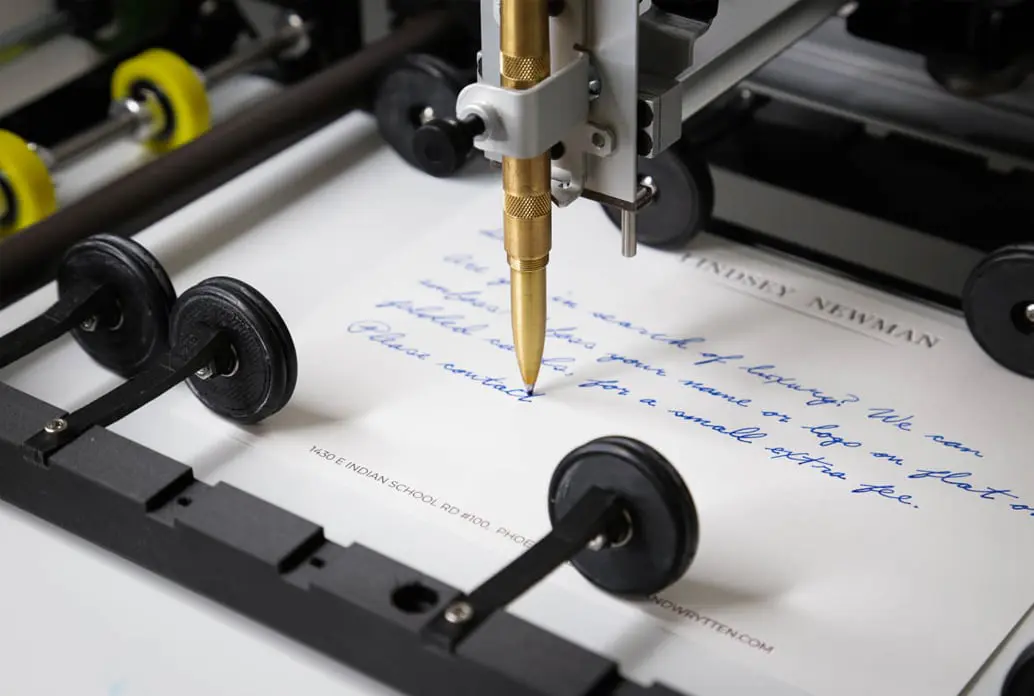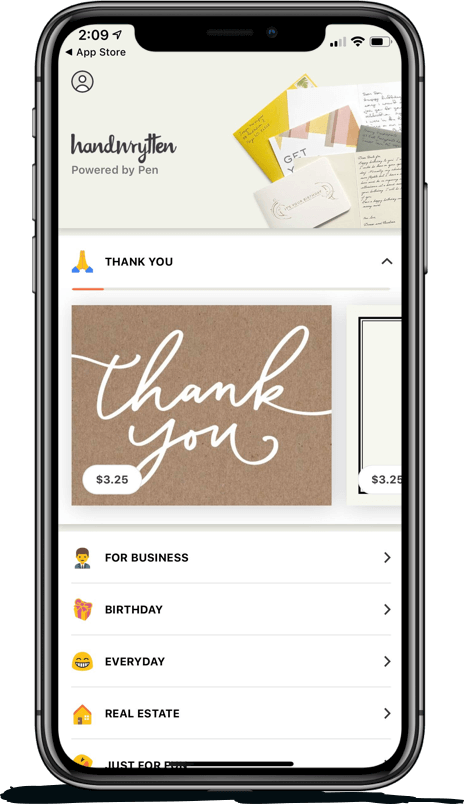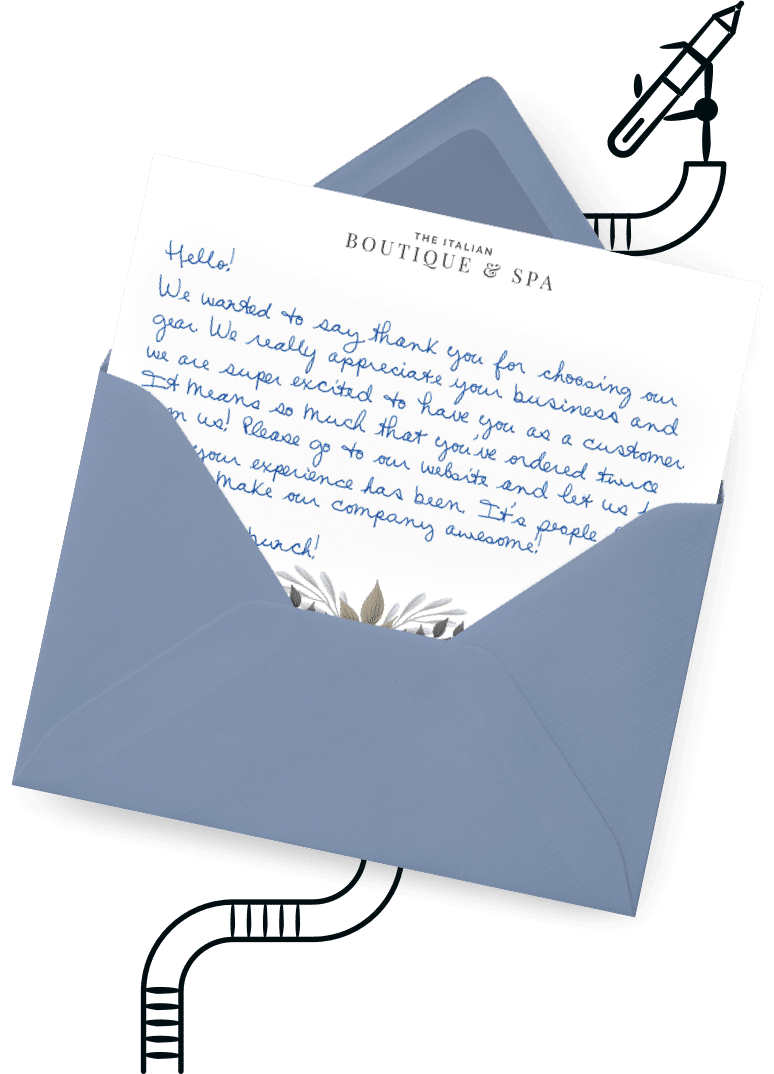
9280 S. Kyrene Rd.
Suite 134
Tempe, AZ 85284
Phone: +1 (888) 284-5197
Email: contact@handwrytten.com



You have been subscribed. Thank you!
The worth of your own time is relative.
Unfortunately, that isn’t a satisfying answer – pulling up an article on the worth of your time only to be told that it’s “relative” seems like a cop-out.
But this is the truth. For someone who is an entrepreneur, who spends every second of their day cold calling, doing customer outreach, and optimizing individual parts along the supply chain, their time is very valuable. Any time “saved” from non-business ventures is considered a profit.
But for someone on the complete opposite end of the spectrum, a humanitarian who invests their time in developing relationships with local business owners, taking in foster animals when they can – the monetary value of their time will be significantly different than the entrepreneur. They would rather invest time into doing things other than making money, which is why the question of what an extra hour can do for you economically is so fascinating.
In this article, we will discuss how to calculate the worth of an hour of your time. We seek to highlight the fact that core customer experience principles, like sending handwritten thank-you cards, are overlooked for the sake of ‘saving time’. Services like Handwrytten can still save you this time while still offering the benefits that customer outreach has for business owners. Read on to understand how.
Well, as we’ve already established, the value of your time will differ based on who you are, what you do, what your goals are, and what you want your future to look like.
To understand how these various variables factor into how a business owner can calculate how much one hour or two hours of their time is worth, let’s take a look at James Clear’s The Value of Time: How Much is Your Time Worth?
James Clear is the author of Atomic Habits, a worldwide bestseller that breaks down the pathways and mechanisms to break bad habits and instill new ones with an iron will.
His article on the value of your time takes examples from his life and breaks them down so that we can understand 1. how to track your time, 2. how to track how much money you earn, and 3. how to calculate the value of your time. We want to reinterpret and add to his article to give some new insight into calculating the value of your time in a sweetened and condensed version.
Calculating the hourly worth of your time is surprisingly quite easy.
To begin, let’s determine how much time you spend making money.
At first glance, especially for full-time employees, tracking the amount of time worked in a year should be quite easy to calculate. Assuming they are working 40 hours per week, a relatively standard workweek, for 52 weeks per year, is 2080 hours per year.
Factoring in on top of this, think about work-relevant constraints, like commuting or taking your child to daycare. These activities only occur because they are precipitated by you trying to make money, making them relevant in spending time to make money.
A good number we can get to here is spending an extra 2 hours per day doing these activities, and with rounding, we’ll say that the average person works 2500 hours per year.
Determining income is quite simple, too – take a look at your most recent paycheck, and multiply it by the number of paychecks you receive in a year; for most, this will be 26. We care about how much money you are taking home after tax because if it’s not money that we have the freedom to spend, should it even really be factored into calculating our worth? Probably not.
We said the previous step was easy, but this one was even easier: simply divide your total money earned by the total time spent on earning money.
For example, if you’ve determined that you spent 2400 hours in a year to earn money, and have made $72000, an hour of your time is worth $72000/2400 = $30 per hour. But how is this number useful?
Let’s run with the example of $30 per hour worth of your time. If you were debating whether or not to spend an extra $50 to save 2 hours of commute time, you would pay that extra $50. Since an hour of your time is worth $30, 2 hours is worth $60, and if you can pay $50 to earn $60, it makes complete sense to do so.
As a business owner, or even somebody who wants to save time in general, important but not urgent activities are frequently placed on the back burner in favor of highly urgent activities that have a direct impact on your livelihood. We can better understand what levels of importance and urgency we should assign to varying activities by looking at The Eisenhower Decision Matrix.
Developed by Dwight Eisenhower, the 34th President of the United States, the Eisenhower Decision Matrix is an attempt to segment activities based on the aforementioned characteristics of how important something is and how urgent it is.
Tasks that are both urgent and important are, objectively and subjectively, priorities, while tasks that are irrelevant and non-urgent can simply be ignored. But in Quadrants 2 and 3 – this is where things get a bit tricky. In the business world, though, we only really care about Quadrant 2 – actions that will potentially have a return on investment for our business, but don’t require immediate action on our end.
These tasks will likely include activities that don’t have an immediately clear ROI – developing better internal infrastructure to deliver a better customer experience is an example that jumps out to us; it is also something we’ve written extensively about in other articles.
For this article though, we want to discuss handwritten cards.
Objectively, especially in the nonprofit space, everybody knows that handwritten cards, whether they be thanking donors, welcoming new members, or even just reaching out to potential partners, are extremely crucial when it comes to building long-term relationships. But, more often than not, they are not urgent and are pushed off.
In writing this article, we don’t want to imply that handwritten cards are valueless; if anything, they are invaluable. But because it is difficult to determine the immediate impact sending 1, 2, or 3 cards has, business owners find it tough to make the time to write and send them.
More often than not, we see this happening with various people we work with – the desire to send a handwritten card is there, and time is delegated to spend time writing one; but, something urgent comes up, and it has to be pushed back. And then it is pushed back again, and again, and again until it is no longer relevant. Sound familiar?
This is where we come in.
There is a plethora of research out there, including research from us, that proves that handwritten cards, including things like handwritten thank-you cards, are opened at significantly higher rates than traditional printed direct mail.
Based on data compiled in our 2022 Consumer Outreach Survey, handwritten cards and notes are 32 times more meaningful than a brochure, and 8 times more meaningful than an email. By default, that means that a handwritten card has a higher return on investment than standard direct mail.
Even with that in mind, you may still be thinking – I still have bigger fish to fry. And that is extremely fair. But in 2023 and beyond, technologies evolve and will continue to evolve that allow us to live easier, more fastidious lives.
Automation and technology are tools that continue to grow and save us time – services like Zapier allow you to automate and integrate services, ultimately allowing you to spend time on things that you know are immediately urgent. With Handwrytten, you can get that same kind of benefit.
Our industry-standard handwriting robots are the first of their kind and combined with our multi-platform app, you can design your handwritten cards whenever and wherever you need to.
There are multiple different handwriting styles to choose from to personalize what you send, and after you’ve typed up what you want your handwritten letter to say, we handle everything else for you – writing, packaging, and shipping. We can even package mail inserts within the letter to make it clear to clients that you care about them.
This level of care will not go unheard – with so many clients receiving gifts, thank-you cards, and welcome letters, all handwritten – you can set yourself apart when it comes to delivering a quality customer experience.
But most important of all, using Handwrytten to send handwritten cards will finally allow you to check that final to-do off your list, to complete that decidedly important donor or client outreach that could be the difference between customer retention and lack thereof. With our automated handwriting robots and our simple-to-use platform, there is no reason not to take advantage of the benefits we can offer you.
Check out our services now if you’re interested in learning more – we offer specific platform integrations for handwritten Automotive notes, handwritten Real Estate notes, and more!


Scale your handwritten outreach, creating positive impressions and long lasting bond.
Sign Up Today!


Over 100 designs to choose from or design your own. Our online card customizer makes it simple.
Check Out Our Cards!





